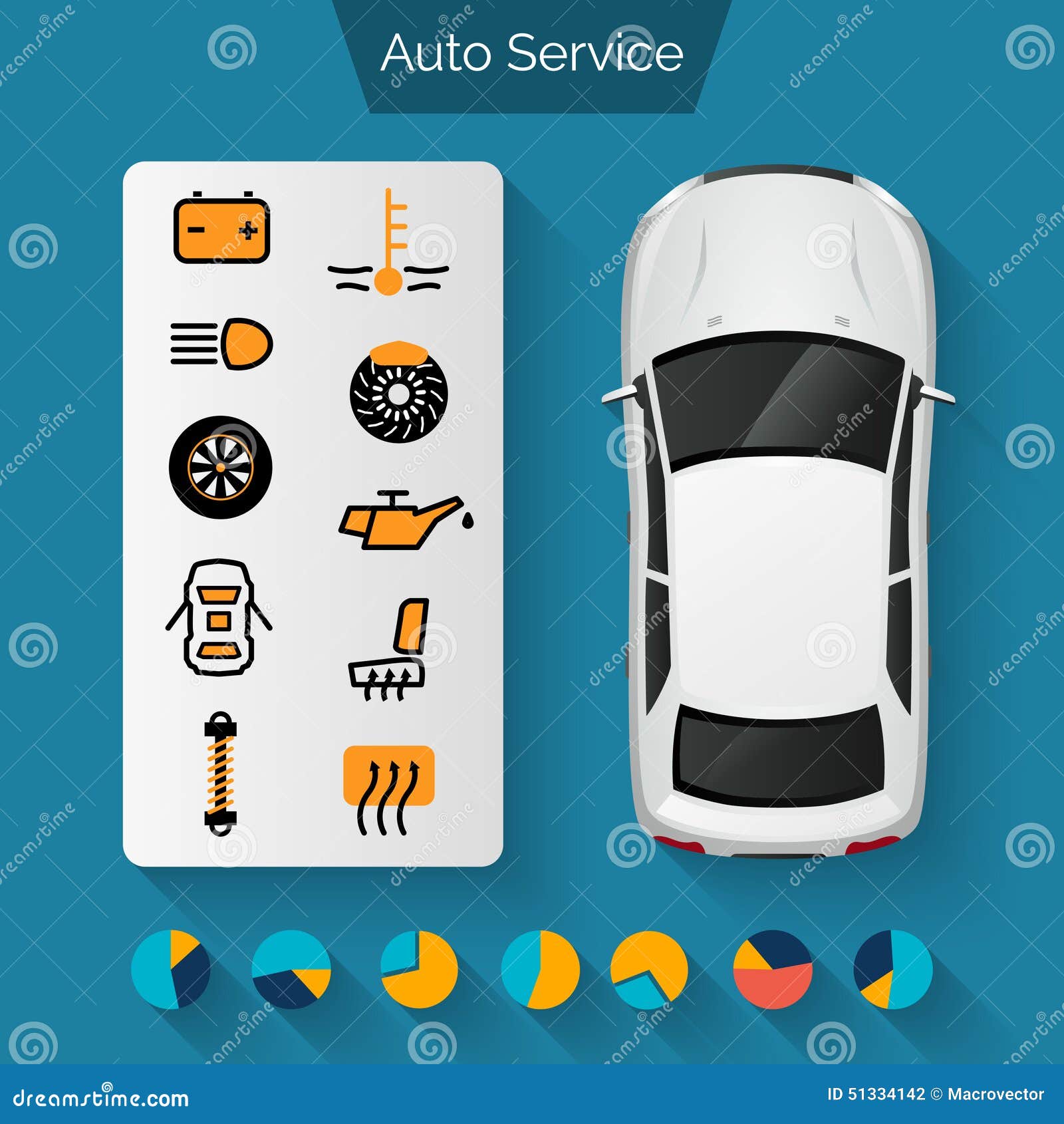Just How To Determine One Of The Most Usual Warning Lights On Your Control Panel And What They Mean
Just How To Determine One Of The Most Usual Warning Lights On Your Control Panel And What They Mean
Blog Article
Authored By-Espersen Hoffmann
When you lag the wheel, those dashboard warning lights can be a real enigma. However did you understand that understanding them can save you from potential vehicle difficulties down the road? From the ominous check engine light to the refined oil stress warning and the ever-important battery light, every one acts as a crucial signal from your vehicle. It's time to clarify these usual control panel warnings and furnish on your own with the expertise to navigate the roadway ahead.
Comprehending the Check Engine Light
When your control panel lights up with the check engine light, it is necessary not to panic yet to take immediate activity. The check engine light works as a warning that your car's onboard analysis system has actually found a potential concern with the engine, emissions, or other crucial parts. Neglecting this light can bring about a lot more extreme problems down the road, so it's vital to address it quickly.
To recognize the resource of the concern triggering the check engine light, you can utilize an OBD-II scanner to fetch the particular difficulty codes saved in your vehicle's computer system. These codes supply important information that can help pinpoint the underlying issue.
While some concerns causing the check engine light may be minor, such as a loosened gas cap, others could indicate extra substantial issues that need specialist interest.
Translating the Oil Pressure Warning
Upon experiencing the oil pressure cautioning light on your dashboard, instant focus is necessary. This caution indicates that the oil pressure in your engine may be also reduced, which can bring about major engine damages if not resolved without delay. Reduced oil pressure can be brought on by a selection of issues such as a leakage, a faulty oil pump, or low oil degrees. Neglecting this warning light can cause expensive repair services and even engine failing.
If you see the oil stress alerting light begun, the first step is to safely pull over sideways of the roadway and switch off your engine. Examine the oil level using the dipstick and ensure it's at the recommended degree.
If the oil degree is low, leading it up with the ideal oil for your automobile. If Learn Additional , do not continue driving and look for aid from a technician to diagnose and repair the problem quickly. Keep in mind, keeping appropriate oil pressure is necessary for the wellness and durability of your engine.
Translating the Battery Light
To understand the relevance of the battery light on your control panel, you should understand its important function in your vehicle's electric system. When the battery light illuminates while you're driving, it shows that the electrical system isn't obtaining adequate power from the battery.
This could be because of a falling short battery, a defective generator, or concerns with the charging system. Neglecting this warning light can lead to your car stalling or being not able to begin.
If the battery light begins, it's recommended to securely pull over and have your automobile checked by a mechanic asap. They can perform diagnostics to pinpoint the underlying concern and protect against a potential failure.
Conclusion
Now that you know how to determine one of the most common warning lights on your control panel and what they indicate, you can address any type of potential issues without delay. Bear in mind, the check engine light, oil stress warning, and battery light are very important indications of your car's health. Remain educated, remain safe, and keep your auto running efficiently by paying attention to these warning signs.
